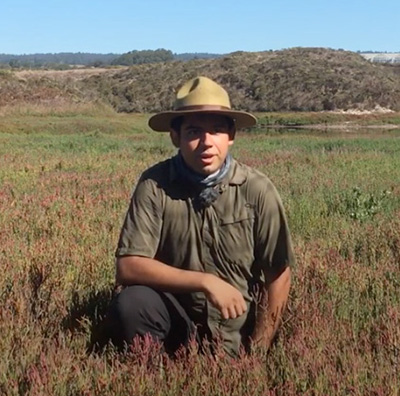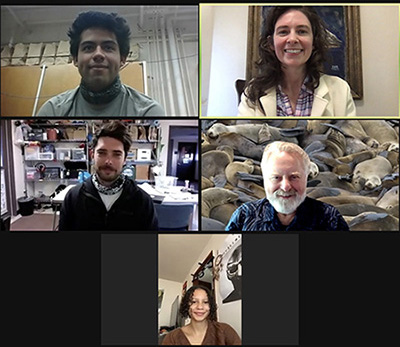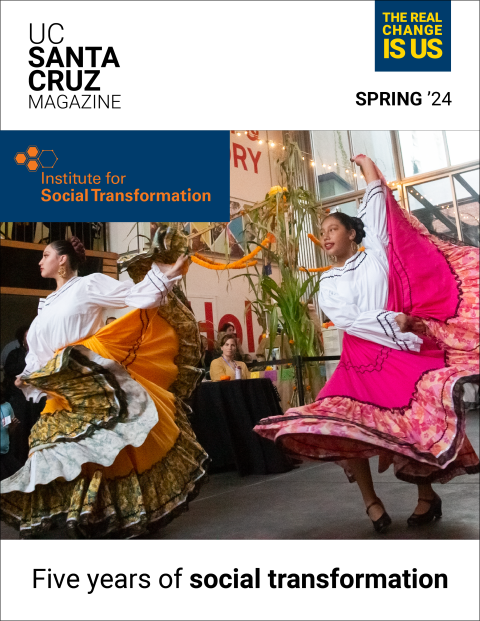A new virtual tour of Younger Lagoon Natural Reserve allows visitors to learn about the unique ecology and programs at the reserve from the comfort of their homes.
Younger Lagoon Reserve is a 72-acre natural reserve located on the UC Santa Cruz Coastal Science Campus. The reserve is part of the UC Natural Reserve System and serves as a living laboratory and outdoor classroom for research, teaching, and public service.
Prior to the pandemic, free docent-guided tours of the reserve’s beach and lagoon area were available through the Seymour Marine Discovery Center. Due to COVID-19 precautions, the Seymour Center was temporarily closed and the in-person tour program temporarily suspended in March 2020.
“The virtual tour is a collaboration between the Seymour Center and the Natural Reserves as part of our efforts to maintain public access and engagement during the pandemic,” said Reserve Director Elizabeth Howard.
The virtual tours are available in English or Spanish through the websites of both the Seymour Center and Younger Lagoon Reserve.
UCSC undergraduate Ernesto Chavez-Velasco serves as the guide for both tours. A senior majoring in environmental studies, Chavez-Velasco has done an internship at the reserve and is currently a student employee working on the reserve’s habitat restoration projects. He had just begun leading in-person tours when the pandemic shut them down in March.
“The virtual tours are pretty similar to the in-person tours in terms of the information about the reserve and local natural history and biodiversity,” he said. “The videos take people to different places in the reserve just like the in-person tours. The biggest difference is being able to answer people’s questions when it’s in person.”
The virtual tour features a map of the reserve with marked locations where visitors can click to watch videos about the features of each type of habitat. Undergraduate Rose Brown Orr created the website for the tours and edited the videos as part of an internship project under the supervision of Vaughan Williams, restoration field manager for the reserve, Daniel Costa, director of the Institute of Marine Sciences, and Howard. Orr, a senior in environmental studies, said her interest in the reserve and in Geographic Information System (GIS) methods made it an appealing project.
“I was thrilled to work on a project using GIS as I was planning to graduate with a concentration in GIS,” she said. “GIS offers a variety of story map templates, and we went with a user-friendly design that allows the visitor control over what part of the reserve they want to look at.”
Orr has done all of the work on this project remotely, including learning about the reserve itself. The experience has made her appreciate the value of remote learning.
“It’s important to keep learning during the pandemic and use alternative methods to make that happen,” she said. “I’m glad more people will be able to visit the reserve virtually now through the website.”
The University of California Natural Reserve System is a unique assemblage of 41 protected wild land sites throughout California. The reserves encompass nearly all of the state's major ecosystems, preserved in as undisturbed a condition as possible to support research and teaching programs. The four NRS sites that form the UC Santa Cruz unit are spread along 60 miles of the central coast: Año Nuevo Island Reserve, Landels-Hill Big Creek Reserve, Fort Ord Natural Reserve, and Younger Lagoon Reserve. The UCSC NRS also administers the UCSC Campus Natural Reserve.




